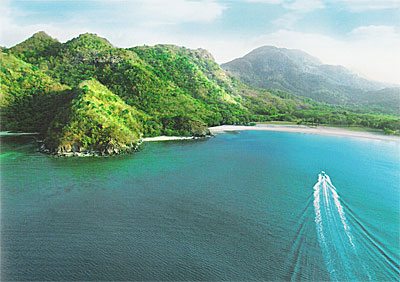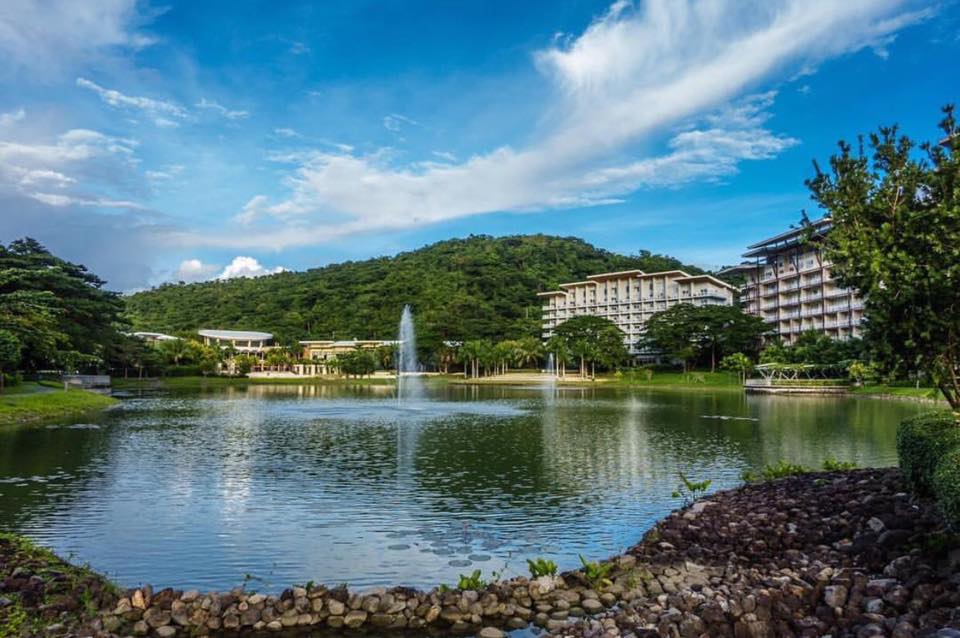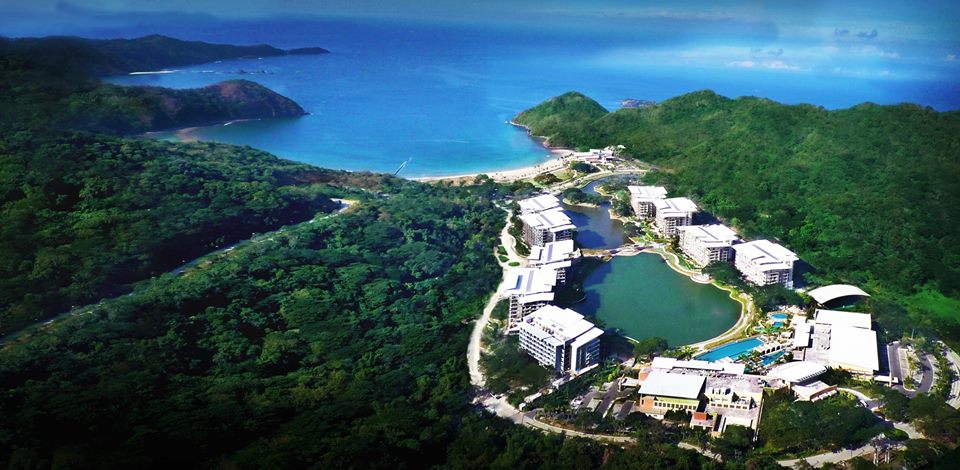Hamilo Coast
- Home
- About the Developer
- Pico de Loro
- Properties
- Amenities & Facilities
- Masterplan
- Inquiry
-
News and Blogs
- Freia (Frea) new condo in Hamilo Coast Pico de Loro Cove
- Hamilo Coast Pico de Loro properties
- Condo Apartment in PIco de Loro, Hamilo Coast
- Hamilo Coast new condominium beach home Freia at Pico de Loro
- Freia Hamilo Coast
- Freia new beach condo home at Hamilo Coast
- Freia Pico de Loro's new condominium
- Freia Pico de Loro Cove at Hamilo Coast
- Condo Hamilo Coast and Pico de Loro
- FREIA, the new luxury beach condo development in Pico De Loro Cove, Hamilo Coast
- FREIA is Hamilo Coast's New Luxury Beach Condo Development
- Condo by the beach | Freia, Pico de Loro cove
- 360° view of nature in Freia at Pico De Loro
- FREIA, The New Luxury Beach Condo Development at Hamilo Coast
- FREIA is Hamilo Coast's New Luxury Beach Condo Development
- Freia Condo The New Luxury Beach Condo Development at Hamilo Coast
- Pico de Loro: Volunteers participate in Hamilo Coastal Cleanup
- Pico de Loro Freia: Responsible tourism Boracay and other troubled local beach destinations can learn a thing or two from Pico de Loro’s sustainability programs
- Freia Hamilo Coast groundbreaking
- Hamilo Coast Freia:
- Freia in Pico de Loro, Hamilo Coast ground breaking
- Freia Hamilo Coast condo by the beach
- Freia Hamilo Coast
- Freia Pico de Loro
- Pico de Loro: Freia Pico de Loro: A piece of unspoiled paradise
- Freia Hamilo Coast: Avian Treasures of Hamilo Coast
- Freia Pico de Loro: It's Coral Triangle Day at the Batangas resort Hamilo Coast
- Pico de Loro Freia: WWF and Hamilo Coast shore up fight against marine pollution
- Freia Hamilo Coast
- Freia Pico de Loro
- Hamilo Coast's Freia: Luxury by the Shore
- Freia Hamilo Coast pre-selling
- Freia Pico de Loro cove
- Coveted Paradise lifestyle awaits at Freia
- Hamilo Coast's Freia: Luxury by the Shore
- Prime view beach homes at ‘Freia’
- SM Prime unit tops off Freia at Pico de Loro Cove
- SMP targets P500 M sales from FREIA
- Hamilo Coast rides on tourists’ desire for adventure Read more: https://business.inquirer.net/282088/hamilo-coast-rides-on-tourists-desire-for-adventure#ixzz6ib18m8YU Follow us: @inquirerdotnet on Twitter | inquirerdotnet on Facebook
- Freia at Pico de Loro Cove
- Hamilo Coast preserves Batangas mangrove forest
- Mangroves an essential part of Hamilo Coast’s sustainable roadmap
- Try this adventure tour at Hamilo Coast
- Costa del Hamilo bullish on Freia
- Premium seaside living | Freia at PIco de Loro
- Why stay longer in your weekend home | Freia at PIco de Loro
- Sola at Pico de Loro
- Hamilo Coast premieres residential lot with Sola
- Sola at Pico De Loro Cove brings everything you love together
|
It’s our second time to visit Pico de Loro Cove, a residential resort village in Hamilo Coast, Nasugbu, Batangas. It’s amazing that it takes just about 90 minutes to get there by car, compared to three hours a few years ago.
The big difference is that the route to this seaside property development of the SM Group is now faster through the Cavite Expressway (Cavitex) and the Kaybiang Tunnel on the Ternate-Nasugbu Road. There are a lot of sports and recreation activities at Pico de Loro, especially for families on weekend getaways. Though the four residential buildings in the property are exclusive to members and their guests, there’s also the four-story Pico Sands Hotel with 154 spacious rooms available to the public. To the journalist raring to stretch his deskbound body and get a whiff of fresh country air, Pico de Loro is heaven-sent. Nature trip The problem of gaining weight from the buffet breakfast, lunch and dinner served here is solved by taking an early morning or late afternoon walk along the pathways surrounding the lagoon at the center of the village. We don’t seem to get tired even as our shirt gets heavy with sweat, because the view is soothing—trees, plants, grass, green sights everywhere, including the tennis court and swimming pool. This is such a wonderful nature trip that makes us stop and realize that it’s actually the result of a commercial enterprise which puts a premium on respect for the environment. The developer cleared a wide expanse of land for people to rest and relax in style, but not forgetting to preserve the mountains and sea—without which this whole scene would collapse. The Premier Room at Pico Sands Hotel has minimal furnishings but offers such a restful sleep that it’s tempting to just laze away the day. Read more: https://lifestyle.inquirer.net/182813/the-nearness-of-pico-de-loro/#ixzz5WAydR4Hv Follow us: @inquirerdotnet on Twitter | inquirerdotnet on Facebook
4 Comments
RegionsMore than 1000 kilograms of biodegradable and non-biodegradable marine debris have been collected from shore, mangrove and underwater cleanups in Hamilo Coast in Nasugbu, Batangas on Saturday.
The bulk of the 1,057.5 kilograms of trash collected were from the shore and mostly composed of plastics and food wrappers, according to the World Wildlife Fund for Nature (WWF-Philippines). Maye Padilla, WWF’s project officer for environmental education, said that endeavors like this are being done for statistics and information “so that we know how much trash is generated.” “Hopefully, this will open the eyes and minds of the people that our trashes should be properly disposed of so that they won’t pollute our seas,” she said of the cleanup drive which is part of the 30th anniversary of the International Coastal Clean-up. WWF-Philippines national ambassador Marc Nelson, the Philippine Army, and members and employee volunteers from Pico de Loro Beach & Country Club and Pico Sands Hotel also supported the activities. Nelson, who has been involved with WWF-Philippines for the past six years, said that more and more people become aware of the coastal cleanups every year. “There are a lot of people that are also doing their own thing… I have some friends that have beach houses and they’re organizing coastal cleanups, there are schools that organize coastal cleanups as well,” the TV host said. “The great thing about it… is getting people to be aware of what needs to be done and once they’re out there picking up the trash and see how much trash there is to be picked up, they become more conscientious about dumping the trash themselves.” Read more: https://newsinfo.inquirer.net/723776/coastal-cleanup-in-batangas-resort-yields-1000-kilos-of-trash#ixzz5WAxBjFGA Follow us: @inquirerdotnet on Twitter | inquirerdotnet on Facebook  Freia Pico de Loro Freia Pico de Loro Hamilo Coast, a vast pristine, coastline that is home to rich marine life and abundant flora and fauna, is the perfect place for bird-watching enthusiasts. This activity captures the fine beauty of nature and is worth every cent and persistence. Recently, members from the Wild Birds Photographers of the Philippines (WBPP), an organization that shares the same passion for bird watching and conservation photography, armed with their long lenses and cameras, visited the Coast in high hopes of capturing one of this sustainable community’s fine feathered treasures—species of birds, both rare and common, that mark their home in the area. Astonishingly, beautiful photographs of these birds in their most candid state were caught in vivid spectacles and featured in a month-long exhibit at the Pico de Loro Beach and Country Club. The photographers were amazed at the number of birds and the species nesting around the Coast. Santelmo Cove, one of Hamilo Coast’s Marine Protected Areas, is a site for preservation programs such as giant clam seeding and regular reef monitoring. WBPP President Wins Paler exclaimed, “Hamilo Coast, a sprawling seaside sanctuary is fast becoming a favorite birding destination of WBPP. It is home to many endemic birds that are nurtured and taken cared of by the management against poachers and hunters that ply their trade in spite of strict government regulations. The property makes it an ideal place for our feathered friends to seek refuge as an alternative habitat where they can live undisturbed with unrestricted freedom. WBPP will certainly be a partner with Hamilo Coast in this endeavor, as part of its advocacy in helping propagate endemic birds through its conservation photography for future generations to come.” read more: http://manilastandard.net/lifestyle/home-living/249258/avian-treasures-of-hamilo-coast.html |
Freia Pico de Loro
Hamilo Coast, a vast pristine, coastline that is home to rich marine life and abundant flora and fauna, is the perfect place for bird-watching enthusiasts. This activity captures the fine beauty of nature and is worth every cent and persistence. ArchivesCategories |
- Home
- About the Developer
- Pico de Loro
- Properties
- Amenities & Facilities
- Masterplan
- Inquiry
-
News and Blogs
- Freia (Frea) new condo in Hamilo Coast Pico de Loro Cove
- Hamilo Coast Pico de Loro properties
- Condo Apartment in PIco de Loro, Hamilo Coast
- Hamilo Coast new condominium beach home Freia at Pico de Loro
- Freia Hamilo Coast
- Freia new beach condo home at Hamilo Coast
- Freia Pico de Loro's new condominium
- Freia Pico de Loro Cove at Hamilo Coast
- Condo Hamilo Coast and Pico de Loro
- FREIA, the new luxury beach condo development in Pico De Loro Cove, Hamilo Coast
- FREIA is Hamilo Coast's New Luxury Beach Condo Development
- Condo by the beach | Freia, Pico de Loro cove
- 360° view of nature in Freia at Pico De Loro
- FREIA, The New Luxury Beach Condo Development at Hamilo Coast
- FREIA is Hamilo Coast's New Luxury Beach Condo Development
- Freia Condo The New Luxury Beach Condo Development at Hamilo Coast
- Pico de Loro: Volunteers participate in Hamilo Coastal Cleanup
- Pico de Loro Freia: Responsible tourism Boracay and other troubled local beach destinations can learn a thing or two from Pico de Loro’s sustainability programs
- Freia Hamilo Coast groundbreaking
- Hamilo Coast Freia:
- Freia in Pico de Loro, Hamilo Coast ground breaking
- Freia Hamilo Coast condo by the beach
- Freia Hamilo Coast
- Freia Pico de Loro
- Pico de Loro: Freia Pico de Loro: A piece of unspoiled paradise
- Freia Hamilo Coast: Avian Treasures of Hamilo Coast
- Freia Pico de Loro: It's Coral Triangle Day at the Batangas resort Hamilo Coast
- Pico de Loro Freia: WWF and Hamilo Coast shore up fight against marine pollution
- Freia Hamilo Coast
- Freia Pico de Loro
- Hamilo Coast's Freia: Luxury by the Shore
- Freia Hamilo Coast pre-selling
- Freia Pico de Loro cove
- Coveted Paradise lifestyle awaits at Freia
- Hamilo Coast's Freia: Luxury by the Shore
- Prime view beach homes at ‘Freia’
- SM Prime unit tops off Freia at Pico de Loro Cove
- SMP targets P500 M sales from FREIA
- Hamilo Coast rides on tourists’ desire for adventure Read more: https://business.inquirer.net/282088/hamilo-coast-rides-on-tourists-desire-for-adventure#ixzz6ib18m8YU Follow us: @inquirerdotnet on Twitter | inquirerdotnet on Facebook
- Freia at Pico de Loro Cove
- Hamilo Coast preserves Batangas mangrove forest
- Mangroves an essential part of Hamilo Coast’s sustainable roadmap
- Try this adventure tour at Hamilo Coast
- Costa del Hamilo bullish on Freia
- Premium seaside living | Freia at PIco de Loro
- Why stay longer in your weekend home | Freia at PIco de Loro
- Sola at Pico de Loro
- Hamilo Coast premieres residential lot with Sola
- Sola at Pico De Loro Cove brings everything you love together


 RSS Feed
RSS Feed
